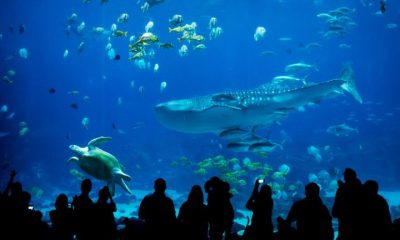
Shutterstock
Imagine stepping into a winter wonderland where steaming geysers erupt amid a snow-blanketed landscape, and the only footprints you follow belong to the wildlife that calls this place home. Yellowstone National Park in the winter offers an otherworldly experience that few get to witness.
With its serene beauty, abundant wildlife, and a sense of tranquility far removed from the bustling summer crowds, winter is arguably the park’s most enchanting season. Here are 25 compelling reasons why braving the cold to visit Yellowstone in the winter might just be the adventure of a lifetime.
Peaceful Solitude

Shutterstock
Yellowstone in winter offers a rare and profound sense of tranquility, unmatched by the busier summer months. With significantly fewer visitors, you can enjoy the park’s vast wilderness in peaceful solitude. The calm allows for moments of deep reflection, whether you’re standing by a steaming geyser or trekking through a snow-covered trail. Winter’s quiet atmosphere helps foster a stronger connection to nature, making your experience feel more intimate and personal.
Stunning Snow-Covered Landscapes

Shutterstock
Winter transforms Yellowstone’s landscapes into a breathtaking winter wonderland. The park’s geothermal features, like geysers and hot springs, become even more striking against the pure white snow. Frozen rivers, snow-draped trees, and misty valleys provide endless opportunities for capturing postcard-worthy scenes. This magical transformation highlights the park’s unique beauty and offers a visual experience that summer simply can’t match.
Unique Wildlife Viewing Opportunities

Shutterstock
The wildlife in Yellowstone is easier to spot in winter, as animals like bison, elk, and wolves stand out against the snow. With food sources limited, many animals move closer to the roads and thermal areas, making them more visible. You’ll also have a greater chance of seeing wolves, which are more active during this season. Observing Yellowstone’s animals in winter provides a rare glimpse into how they adapt and survive in the harshest of conditions.
Fewer Crowds, More Freedom

Shutterstock
Yellowstone in winter offers an escape from the bustling crowds that fill the park during peak season. Popular attractions, like Old Faithful and the Grand Prismatic Spring, are far less crowded, allowing for a more relaxed experience. You’ll have more freedom to explore at your own pace without the pressure of navigating through large groups. This quieter season also means better opportunities for solitude and uninterrupted enjoyment of the park’s wonders.
Hot Springs and Geysers in the Snow

Shutterstock
The contrast between Yellowstone’s hot springs and the snowy landscape is truly mesmerizing. In winter, geysers and hot springs send billowing clouds of steam into the cold air, creating an almost mystical atmosphere. Ice and snow build up around these geothermal features, forming unique shapes that seem otherworldly. Experiencing Yellowstone’s geothermal activity during winter adds a surreal, magical quality to your visit that can’t be found in other seasons.
Winter Photography Opportunities

Shutterstock
Winter in Yellowstone offers photographers an unmatched opportunity to capture the park’s beauty in a unique light. The snow-covered landscapes, combined with the low-angle winter sunlight, create dramatic and golden-hued shots. Wildlife stands out vividly against the white background, and steaming geysers appear even more striking in the crisp winter air. Whether you’re an amateur or a professional, the park’s winter beauty provides a perfect canvas for photography.
Cross-Country Skiing and Snowshoeing

Shutterstock
Yellowstone provides miles of well-groomed trails perfect for cross-country skiing and snowshoeing enthusiasts. These activities allow you to experience the park’s natural beauty in a peaceful, non-intrusive way. You can explore serene forests, frozen rivers, and geothermal areas while enjoying a healthy, invigorating workout. Skiing or snowshoeing through Yellowstone in winter immerses you in the park’s quiet, pristine wilderness.
Guided Snowmobile Tours

Shutterstock
For thrill-seekers, snowmobile tours offer a fast-paced way to explore Yellowstone’s winter landscape. Guided tours take you through snowy valleys, past steaming geysers, and alongside frozen lakes, all while providing a sense of adventure. Snowmobiles allow access to areas that are otherwise inaccessible in winter, giving you the chance to see more of the park. It’s a thrilling and unique way to experience Yellowstone’s vast wilderness while respecting its environment.
Wildlife Tracking

Shutterstock
Tracking wildlife in the snow is a fun and educational activity that is especially rewarding in Yellowstone during winter. Snow makes animal tracks more visible, giving you the chance to follow the paths of wolves, bison, or elk. Guided wildlife tracking tours teach you how to identify tracks and understand animal behavior, making for an engaging experience. Tracking wildlife adds a hands-on, adventurous dimension to your winter visit, enhancing your connection to the park.
Yellowstone’s Winter Rangers

Shutterstock
Yellowstone offers ranger-led programs specifically designed for the winter season, which provide valuable insights into the park’s ecology and history. Winter rangers guide snowshoe walks, wildlife-watching tours, and discussions about the park’s geothermal features. These knowledgeable guides share fascinating facts about the unique challenges and adaptations that occur in the winter months. Engaging with a winter ranger can deepen your understanding of Yellowstone’s complex ecosystem while making your visit more enriching.
The Famous Yellowstone Wolves

Shutterstock
Winter is one of the best seasons to observe the famous Yellowstone wolves, as they are more active in the colder months. Wolves are easier to spot in the open snowy fields, and you can often hear their haunting howls in the distance. Expert-led wolf-watching tours take visitors to the best locations for sightings, sharing knowledge about pack behavior and wolf ecology. Seeing wolves in their natural habitat is a thrilling experience that few places in the world can offer.
Warm Up in Historic Lodges

Shutterstock
After a day of outdoor exploration, Yellowstone’s historic lodges offer a warm and welcoming retreat. Lodges like Old Faithful Snow Lodge are open during winter and provide a cozy atmosphere, complete with fireplaces and rustic charm. Relaxing with a hot drink while watching the snow fall outside offers a perfect end to a chilly day. Staying at one of these lodges allows you to experience both the beauty and comfort of Yellowstone in winter.
Ice-Covered Waterfalls

Shutterstock
Yellowstone’s waterfalls are a magnificent sight year-round, but in winter, they take on a dramatic and frozen appearance. The ice that forms around the falls creates breathtaking sculptures that shimmer in the winter light. The Lower Falls in the Grand Canyon of Yellowstone is especially impressive, as the surrounding cliffs and rocks become coated in ice. The combination of flowing water and frozen formations creates a mesmerizing contrast, making these waterfalls a must-see in winter.
Escape the Summer Heat

Shutterstock
For those tired of summer’s sweltering temperatures, Yellowstone in winter offers a refreshing escape into a crisp, cold wonderland. Winter brings brisk air and snow-covered vistas, a stark contrast to the summer heat. This cool, fresh environment is perfect for visitors who enjoy outdoor winter activities and prefer to avoid the summer crowds. The winter chill also adds an element of adventure and novelty to your Yellowstone visit.
Stargazing in Winter Skies

Shutterstock
With its high elevation and remote location, Yellowstone offers some of the best stargazing opportunities in the country, especially in winter. The cold, clear skies of winter provide an unobstructed view of stars, planets, and constellations, free from light pollution. On a cloudless night, you can marvel at the Milky Way and the stunning clarity of the winter sky. Stargazing in Yellowstone’s tranquil winter setting is a peaceful and awe-inspiring experience.
The Beauty of Frozen Lakes

Shutterstock
Yellowstone’s lakes, like the famous Yellowstone Lake, freeze over during winter, creating vast expanses of ice and snow. These frozen lakes offer an almost alien beauty, with cracks in the ice forming intricate patterns across the surface. The lakes provide a stunning backdrop for winter activities, whether you’re snowshoeing, cross-country skiing, or simply taking in the views. The peacefulness and stillness of the frozen lakes add to the park’s magical winter charm.
Snow-Coated Forests

Shutterstock
Yellowstone’s forests become even more enchanting in winter, as snow clings to the branches of pine trees, creating a serene and picturesque landscape. Walking or snowshoeing through these snow-covered woods is a peaceful and immersive experience. The quiet of the forest, broken only by the sound of crunching snow beneath your feet, allows for moments of deep reflection and tranquility. The beauty of the snowy forests creates a fairy-tale-like atmosphere that’s perfect for winter adventurers.
Winter Wildlife Adaptations
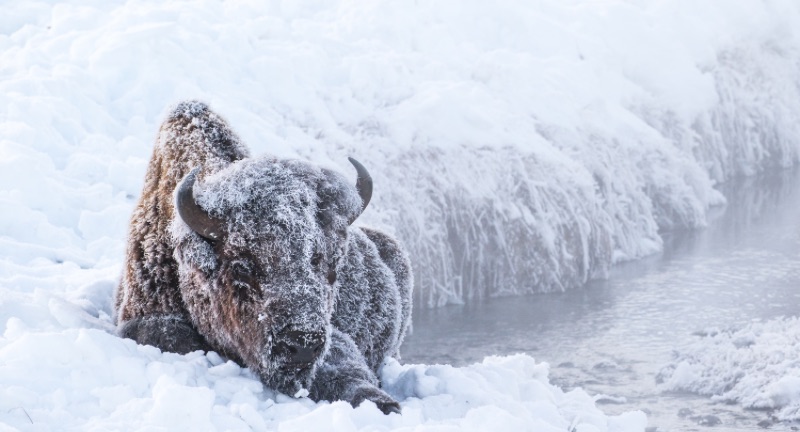
Shutterstock
Yellowstone’s wildlife demonstrates remarkable adaptations to survive the harsh winter conditions. Bison, for instance, grow thicker coats and use their heads to sweep snow aside to find food, while wolves become more active hunters. These adaptations are on full display during the winter months, providing a fascinating glimpse into the resilience of the park’s animals. Observing how wildlife endures Yellowstone’s coldest season is both educational and awe-inspiring.
The Snow-Covered Grand Canyon of Yellowstone
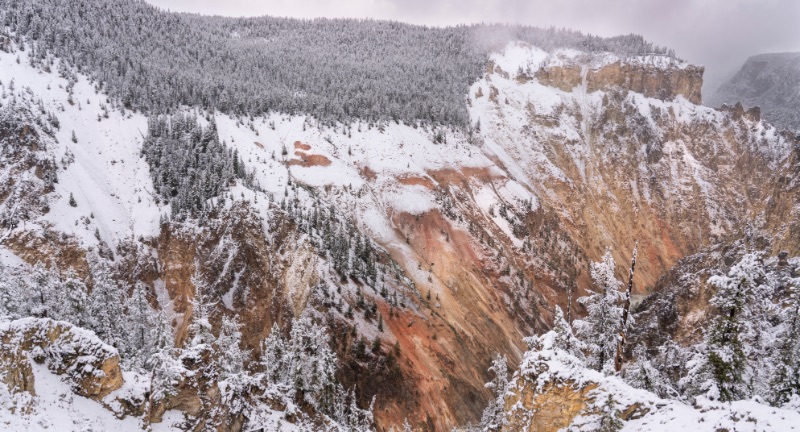
Shutterstock
The Grand Canyon of Yellowstone takes on a majestic new appearance in winter, with its vibrant cliffs blanketed in snow. The snow accentuates the canyon’s colorful rock formations, creating a stunning contrast that is even more dramatic in the winter light. The Lower Falls, surrounded by ice, becomes the centerpiece of this wintery wonderland, creating a scene of frozen beauty. Winter visitors to the canyon are treated to a landscape that feels entirely different from what they see in warmer months.
Peaceful Snowshoe Walks
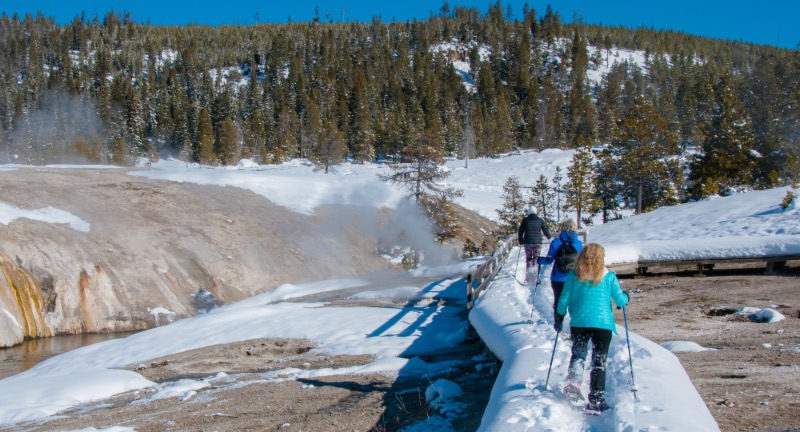
Shutterstock
Snowshoeing is a wonderful way to explore Yellowstone’s quiet and pristine winter environment. The park offers trails for all levels of experience, from beginners to advanced adventurers, making snowshoeing accessible to everyone. As you walk through snowy meadows and forests, you’ll encounter stunning views and perhaps even wildlife along the way. Snowshoeing offers a slower, more intimate way to experience Yellowstone’s serene winter beauty.
Geyser Basins Cloaked in Steam
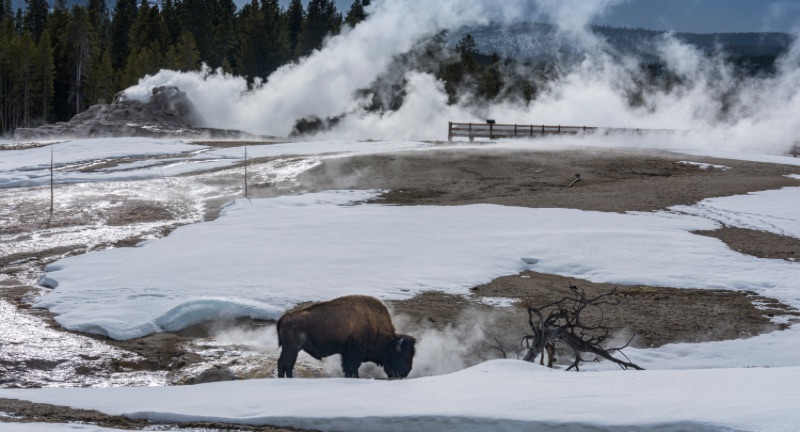
Shutterstock
In winter, Yellowstone’s geyser basins take on an ethereal quality as thick clouds of steam rise into the cold air. The contrast between the boiling hot water and freezing temperatures creates an otherworldly scene that captivates visitors. Walking through the misty geyser basins feels like stepping into a dreamlike landscape, with the sounds of bubbling water and hissing steam filling the air. The unique winter conditions make Yellowstone’s geothermal features even more dramatic and mysterious.
Snowy Scenic Drives

Shutterstock
Shutterstock
While many roads are closed to regular vehicles during winter, snowcoach and snowmobile tours offer access to Yellowstone’s breathtaking scenic routes. These drives take you past some of the park’s most iconic winter landscapes, including geysers, waterfalls, and wildlife habitats. The peaceful, snow-covered roads provide a tranquil setting for sightseeing, without the traffic or crowds of summer. Whether by snowcoach or snowmobile, these scenic drives reveal the park’s winter beauty in all its glory.
Cross Yellowstone on a Snowcoach

Shutterstock
Snowcoaches are a fun and comfortable way to traverse Yellowstone’s snowy landscape, especially for those looking for a more relaxed experience. These heated, all-terrain vehicles take you through snow-covered roads to visit popular winter attractions like Old Faithful and the Grand Canyon of Yellowstone. Snowcoach tours provide both comfort and adventure, allowing you to experience the park without braving the cold for long stretches. It’s an ideal option for families or those who want to explore in warmth while still seeing the park’s stunning winter scenery.
Winter Sunrises and Sunsets
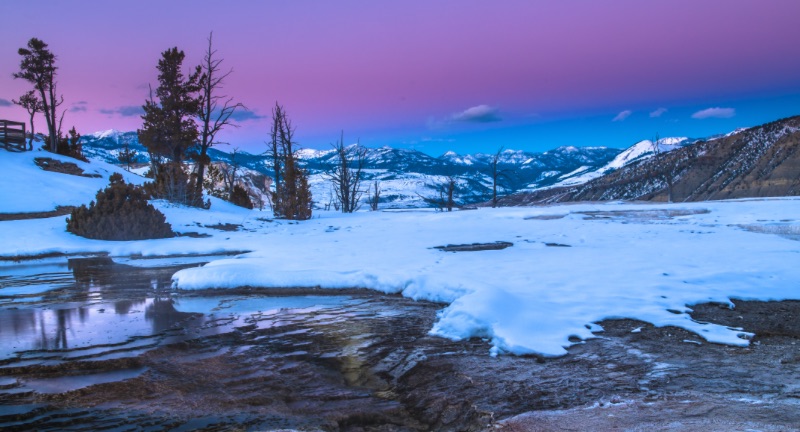
Shutterstock
Winter’s shorter days bring stunning sunrises and sunsets to Yellowstone, painting the sky in shades of pink, orange, and purple. The sun casts a soft, golden light across the snow-covered landscape, creating scenes of remarkable beauty. Watching a winter sunrise or sunset over iconic landmarks like Old Faithful or the Grand Canyon of Yellowstone is an unforgettable experience. The crisp, cold air and quiet atmosphere make these moments even more serene and special.
Conclusion

Shutterstock
As the snow settles and the winter sun sets behind Yellowstone’s majestic peaks, it becomes clear why this season offers a truly magical experience. From the peaceful landscapes and rare wildlife encounters to the soothing warmth of natural hot springs, winter in Yellowstone is unlike any other time of year. Whether you’re seeking adventure or tranquility, the park in its winter cloak promises unforgettable memories. So, as you plan your next getaway, consider Yellowstone in the winter — a destination where nature’s raw beauty shines brightest in the quiet of the cold.

 News2 months ago
News2 months ago
 Lifestyle3 months ago
Lifestyle3 months ago
 Entertainment3 days ago
Entertainment3 days ago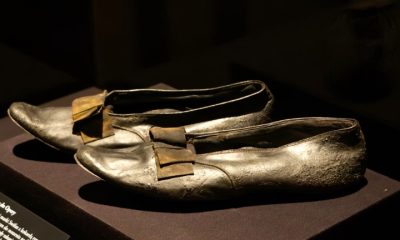
 Lifestyle2 months ago
Lifestyle2 months ago
 Entertainment3 days ago
Entertainment3 days ago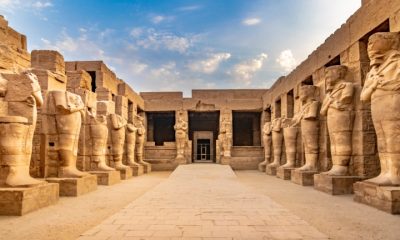
 Lifestyle2 months ago
Lifestyle2 months ago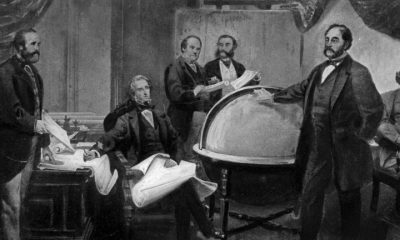
 Lifestyle2 months ago
Lifestyle2 months ago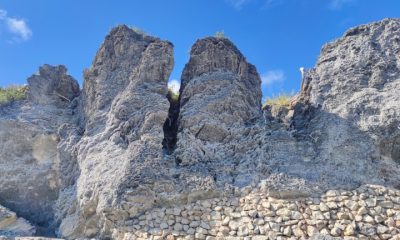
 News2 months ago
News2 months ago




























